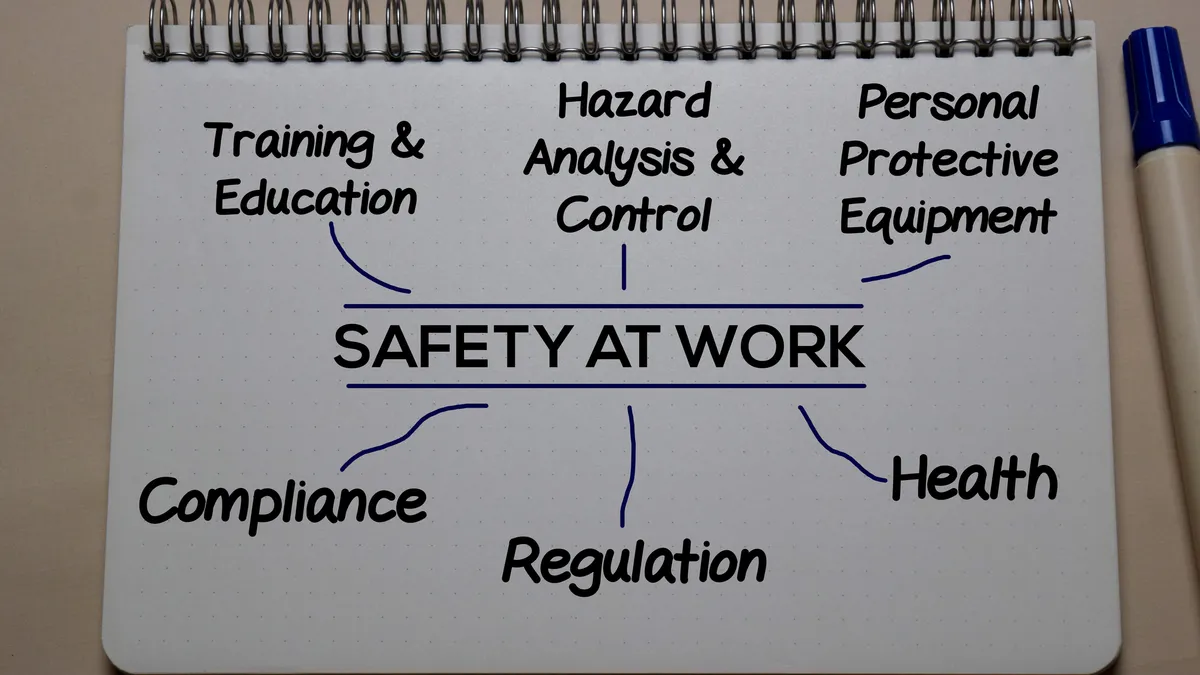Dive Brief:
- Companies saw a 9% reduction in workplace injuries and a 17% reduced likelihood of violating Occupational Safety and Health Administration standards after they changed their board composition to include independent members in at least half the seats, according to academic research.
- A 2003 rule change by Nasdaq and the New York Stock Exchange, requiring listed companies to include independent members in at least half their board seats, gave the researchers a chance to test whether the change impacted workplace safety.
- “We [found] that transitioning from a non-independent to an independent board significantly improved workplace safety in the operating units of affected firms,” said Lixiong Guo of the University of Mississippi and Zhiyan Wang of Wingate University in “Board Structure and Employee Safety and Health,” released August 24.
Dive Insight:
Behind the improved safety record is independent members’ increased reliance on shareholders, rather than management, for their board seat, the researchers say.
“Since independent directors’ careers depend more heavily on shareholder approval than do those of non-independent directors, they have stronger incentives to correct [safety investment] deviations,” the researchers said.
Non-independent members, whose careers depend more heavily on management approval, can face agency conflict if the management team under-invests in workplace safety.
“While agency problems can theoretically lead to either underinvestment or overinvestment in workplace safety, meaning increased board independence could improve or harm safety, our findings suggest that the underinvestment agency problem is the predominant issue,” they said.
Although workplace safety tends to improve along with board independence, the effect is heightened if the company operates in an industry with a lot of labor-related lawsuit risk and that attracts a lot of media attention.
“Independent directors’ concerns about their labor market reputation drive safety improvements,” the researchers said.
Workplace safety is also heightened if the board is dominated by long-term investors. The researchers gave two possible reasons: these investors are around long enough to gain from the higher returns that come from better safety, or their investment philosophy simply favors better safety.
“Independent directors increased safety investments primarily in firms where the largest shareholders valued [safety] the most, either due to its contribution to long-term shareholder value or alignment with the preferences of these shareholders,” they said.











